- About us
- Support the Gallery
- Venue hire
- Publications
- Research library
- Organisation chart
- Employment
- Contact us
- Make a booking
- Onsite programs
- Online programs
- School visit information
- Learning resources
- Little Darlings
- Professional learning
Gladys Hope Marks (1883–1970), university lecturer and women's rights activist, was born in Brisbane. Educated at home, she graduated with a Bachelor of Arts from the University of Sydney in 1908, against her father's wishes. She went on to teach in private schools for girls before travelling in Europe and studying phonetics in Paris and London. Back in Sydney, she was appointed acting lecturer in French at the University of Sydney in 1915, before becoming lecturer in 1921. In 1929 she was the first female to act as a head of department at the university. Throughout her life Marks supported women's rights and was active in a range of feminist groups, including the National Council of Women of New South Wales. She attended the International Women's Congress in Rome in 1914 and Copenhagen in 1924, and was president of the Australian Federation of University Women from 1930 to 1934. Marks retired from the university in 1943. In 1962 she established the Gladys Marks Travelling Scholarship, which allowed students to study in France.
Gift of Danina Dupain Anderson 2021. Donated through the Australian Government's Cultural Gifts Program.
© Max Dupain/Copyright Agency, 2024
Danina Dupain Anderson (47 portraits)
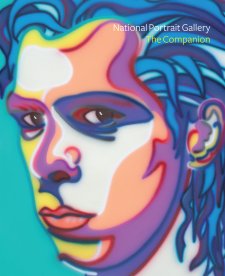
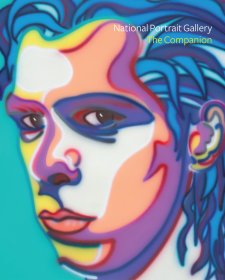

On one level The Companion talks about the most famous and frontline Australians, but on another it tells us about ourselves.
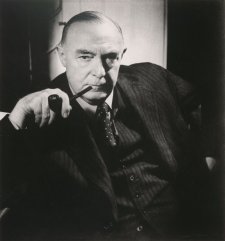

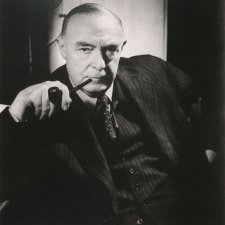
Johanna McMahon revels in history and mystery in pursuit of a suite of unknown portrait subjects.
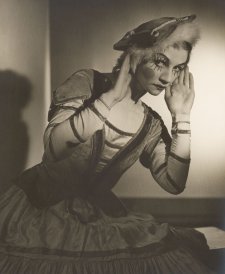
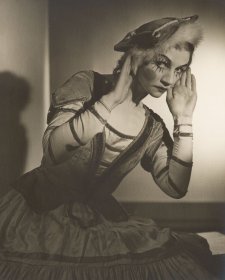
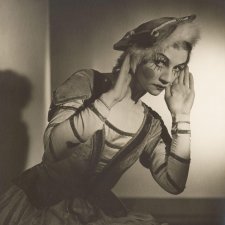
Gael Newton delves into the life and art of renowned Australian photographer, Max Dupain.